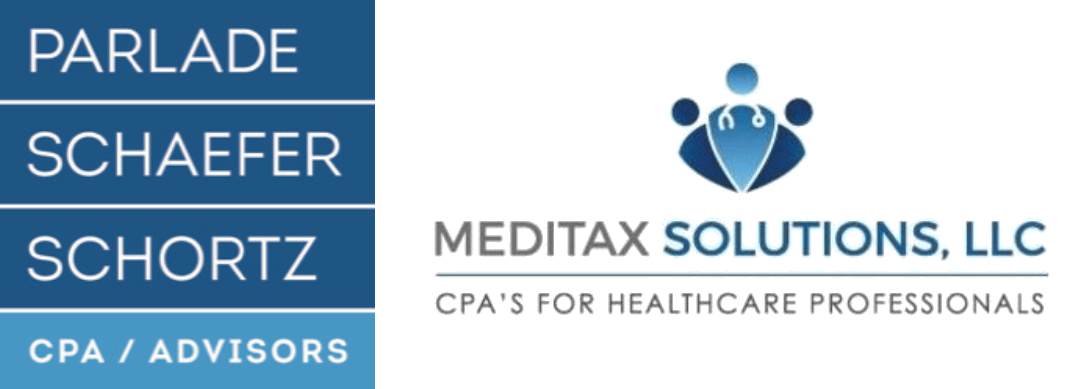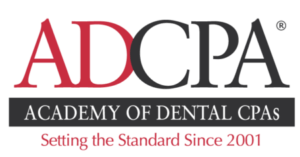How to Decide Which Business Structure is Right for You
Which business structure makes the most sense for your business to retain the most income, protect assets, and ease management?
For simplicity let’s lump the varying ownership structures into 3 categories, because of their shared similarities.
Sole proprietorship / Partnerships are the most straightforward and uncomplicated. Many brand new businesses and hobbies start here. There are no special filings, fees, or special rules to follow. Their biggest drawback is the lack of protecting your personal income and assets because everything is lumped together. Your personal assets and income are all at stake if something were to go awry.
LLC (limited liability corporation) is another common structure because of its simplicity and greater personal asset protection it provides by separating out your business from your personal assets. It does require annual fees, but with less tedious operating regulations than the S or C corporations.
Corporations include both S and C corporations. Both the S and C are similar in setup but are taxed differently. Both must appoint officers, hold annual director and shareholder meetings, report minutes, track important business decisions, issue stock, submit annual reports to state government, pay annual fees, and so on. Corporations have strict operating regulations which can be tedious BUT may save you on taxes.
How to decide which business structure is right for you?
Your goals, size of your business, number of owners, investing, funding, liabilities, personal income tax situation, and business management are all deciding factors to choose the structure that makes the most sense for your situation.
Ownership
How many owners does or will your business have and what are their roles?
Flying solo
If you are the only owner, a sole proprietorship, LLC, or corporation are all options available to you. A sole proprietorship is the easiest and riskiest. With a sole proprietorship, your business is a part of you. You can’t transfer it if you pass, it is not separated out from your personal income and assets. So if there was an issue of liability all your personal wealth is at stake.
This makes the LLC a common choice because it has the greatest operating flexibility while separating out your business from your personal assets.
The C or S corporation is more expensive and requires more extensive paperwork, but allows stock options and may provide the greatest tax savings dependent upon your situation.
Multiple Owners
If you have multiple owners the simplest structure is a partnership. A partnership is much like a sole proprietorship, there are no fees to claim a partnership and no special rules to follow.
An LLC is once more a common structure for small to midsize businesses with multiple owners because it has the least amount of operating regulation and typically cheaper yearly fees than a corporation. This option makes a lot of sense if you are not planning to offer stock options, or plan to trade publicly.
Corporations are typically more expensive and as mentioned before a bigger structuring headache, with strict operating requirements. Owners are shareholders, however, the way income is taxed differs between the S and C corporations. There are pros and cons to both which we will dive deeper into in the next article.
Funding & Liability
A brand new business may have a tight budget making a sole proprietorship or partnership the easiest structure to test out your new business venture. There are no fees to proclaim yourself as a sole proprietor or partnership. The ease of entry is appealing, but the drawback is their lack of separation between your personal and business assets if there arose a liability issue. This is something to consider even for young businesses that inherently have greater liability risks, such as a dentist who runs a risk of disgruntled employees or a patient complaint about treatment. In this case, you will want to seek an LLC or decide on a more involved corporate structure to protect your personal assets.
If your goal is to attract investors a corporate structure is the better model as you can offer ownership shares. If you want to improve your chances of lending typically your odds are better with an LLC or corporation than a sole proprietorship or partnership. Both an LLC and Corporation structure separates out the business from your personal assets providing greater protection than sole proprietorships or partnerships.
Fees
Ease of operation hands down goes to sole proprietorship or partnership, there are no fees to claim a sole proprietorship or partnership or complicated rules, but it leaves your assets at risk.
LLC requires yearly fees to be paid, but it has minimal structuring requirements with less tedious paperwork than corporations. Depending upon the state you file your LLC fees range anywhere from $8 to $800. Both LLCs and Corporations require you to elect officers.
The C corporation and S corporation both also require yearly fees to be paid, along with much more reporting burdens, and a strict operating structure to abide by BUT may offer the greatest tax advantages.
Taxes
All the structures are considered pass through entities, except the C corporation. This means the sole proprietorship/partnership, LLC, and S Corporation all their income passes through the business and straight to the owner(s), the owners are then taxed on their personal income tax return. It doesn’t matter if they leave the money to grow the business, they still must pay tax on the income regardless. The C corporation is the only one that differs because the corporation itself is taxed and then the dividends it pays out to the owner(s) are taxed again. This is both a negative and a positive in which we will dive into the pros and cons of this situation in the next article.
Conclusion
It may seem like the LLC is the no-brainer, and it is the common choice for many valid reasons but in the next article, we will dive deeper into the tax advantages of these structures to see if an S or C corporation is ever worth the extra work.






